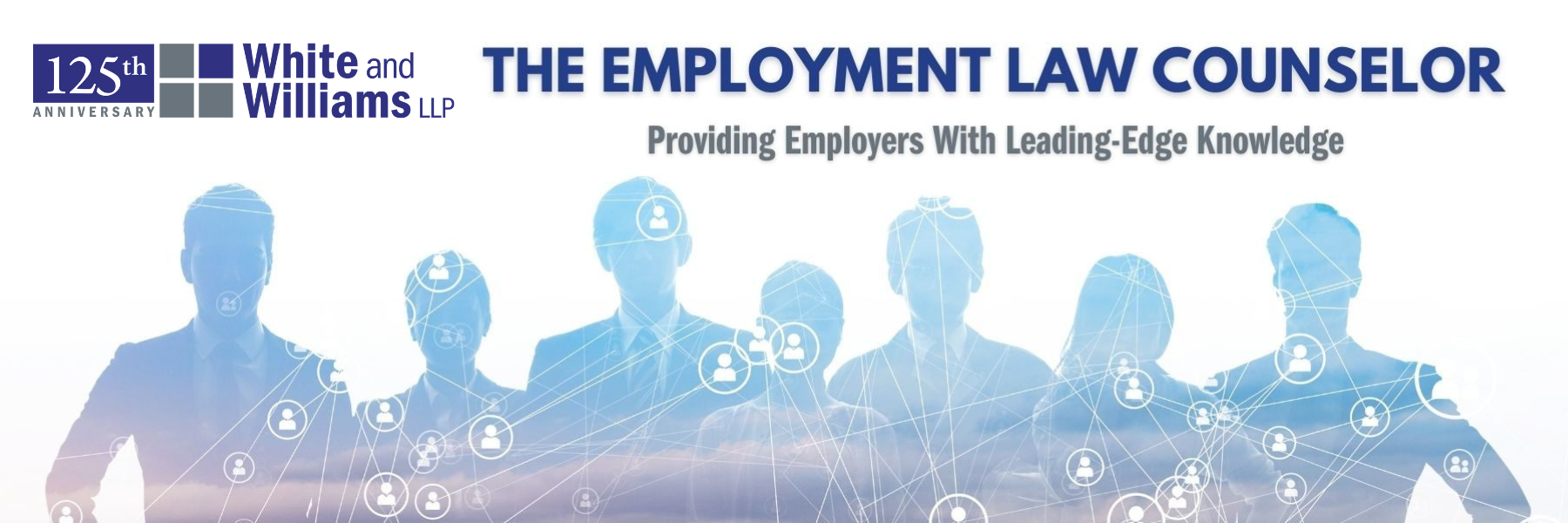1. On Friday, December 17, several states appealed the Sixth Circuit’s decision to vacate the stay on OSHA’s emergency mandatory vaccine rule (the Rule) for large employers with over 100 employees to the United States Supreme Court. They are asking the Supreme Court to enjoin enforcement of the Rule. On Saturday, the U.S. Department of Labor set a date of January 10, 2022 date for compliance with the Rule and OSHA has set a start date for issuing penalties of February 9, 2022. There is a deep divide among attorneys as to whether the Supreme Court will enter another injunction or allow the Rule to go into effect pending its possible review. While OSHA has authority to regulate workplace safety, the states have traditionally been relegated broad authority over local health and safety concerns. It is, therefore, simply impossible to predict, at this point, what the Supreme Court will do, but as we have recommended, employers should be ready to implement their policies under the Rule by early next month. It is not federal rules that are coming into play as New York City’s vaccine mandate goes into place on December 27, 2021.
2. Importantly, the term “vaccinated” is defined under the Rule as getting two shots of the Moderna or the Pfizer vaccine, or, one shot of the J & J vaccine. Employers will need to decide whether they want to expand their own definition of what fully vaccinated means to include boosters.
3. Employers should also consider whether enhanced testing is necessary for their operations and whether better masks, i.e., N-95 or N-94, should be used by employees. Policies should also address the ventilation systems in their buildings: Covid-19 is a respiratory disease that travels through the air through tiny droplets that can travel many feet.
4. At best, the Rule is only a partial solution, as the real issue is global transmission of new variants. Until countries focus on a global solution in a coordinated way, employers are the next variant away from lock down. There is a growing acceptance that a global solution is necessary, especially if the next variant were as transmissive as Omicron and as deadly as the Delta variant. Ultimately, employers and business groups must ask the federal government to get more involved in this area if they want to open and remain open.
5. We believe that federal, state and local governments will primarily focus their decision-making based on hospital admissions instead of overall case numbers. This is because employers will likely see substantial infections among their employees this winter, particularly with respect to break-through cases for those that are fully vaccinated, but have not been boosted, i.e., currently about 70% of the population. If admission numbers are great enough, then local and state lock downs seem inevitable. There is no clear outcome at the moment concerning what will happen with Omicron (and in fact admissions have decreased in South Africa as Omicron replaces Delta as the major circulating variant).
The number of Omicron cases could truly be staggering here in the US. In fact, the outgoing director of the National Institute of Health, Francis Collins, stated that the number of new cases could peak this winter to as much as one million cases a day. While a new Pfizer anti-viral (with 90% effectiveness) is before the FDA and could limit admissions, even a small fraction of a number that large could bring down the healthcare system.
For example, there are currently 70,000 Covid-19 patients hospitalized in the U.S., and last winter that number went as high as 136,000. If just .1 of one percent of infected individuals were hospitalized, at a weekly infection rate of 7 million, this would translate into 7,000 new patients per week. Also, with Omicron there is a real risk that the number of health care workers available to treat patients could be impacted as well.
Employers will likely know within the next four to six weeks where things stand. Hopefully, this “tidal wave” of cases doesn’t happen, but prudent employers should be considering what steps to take now and not wait.

